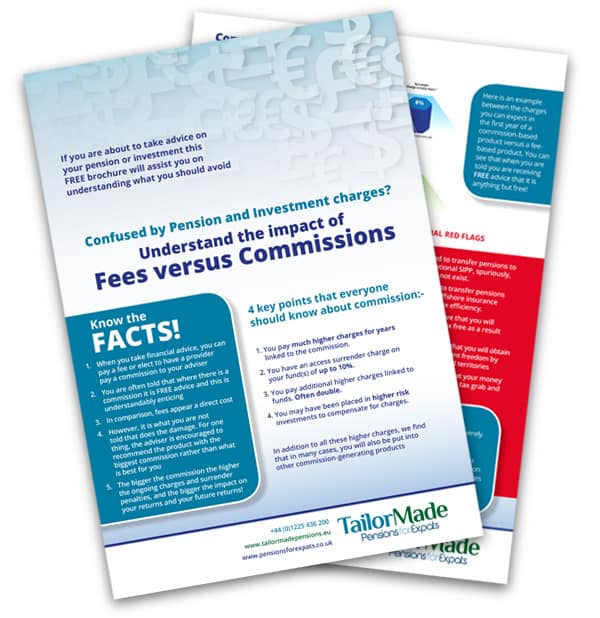A few steps taken now can pay off big, later
Global markets are trying to navigate the volatile seas of uncertain economies, leaving investors looking for a beacon of light to help guide them through. June 2022 concluded the worst first half return for US equities (-20%) since 1962, US 10-year Treasuries (-10.8%) since the 1970s and High Yield (-10.2%) since 1989. During the last quarter, all major equity markets fell.
First, diversify away from bonds following recent interest rate hikes and sell-offs. Rising rates damage the capital value of bonds and treasury securities – for every 1% increase there can be a 30% capital value reduction for longer term yield-based products, so this clearly impacts the lower risk element of portfolios. Take action on bond holdings as well by reducing exposure to any debt instruments that have been and will continue to be affected by rising interest rates. Aisa considered Absolute Return funds as alternatives, alongside some powerful Investment Trust strategies.
Second, move away from cash. With U.S. energy prices spiraling upward, nearing a double-digit inflation rate, cash investments are the wrong place to be. All you do is guarantee the value of your investment is going down if inflation remains as high as it is currently.
Third, move away from gold and lithium. Aisa Group reported it had positive outcomes investing in gold and lithium during the first two quarters of 2022 but is now strategizing to re-invest back into established companies with solid profit streams that will benefit from inflation. Corporations within the energy and thematic sectors are becoming more attractive investment opportunities as is the Asian market, which is recovering from recent COVID lockdowns. While we do invest some of our portfolios in commodities, this is often as a hedge and commodities historically are high-risk volatile investments – they go down as quickly as they go up and with large price swings.
Investors need to consider market recovery as the primary option. Missing the bounce that always happens after a fall — even missing one day where markets go back up — will have a serious long-term impact on performance.
Remaining invested in a diverse portfolio in these markets is the correct position even though there’s never a guarantee and understanding that there may be additional declines and losses still to come—it’s about timing it right. In the short term, your portfolio may show a negative performance, but this cannot be avoided if you wish to also benefit from any possible upward recovery in Q4 and beyond.
Chris Lean is Investment Director, at TailorMade Pensions, a trademark of Aisa International. He is Chartered and an Associate of the Personal Finance Society with over 25 years’ experience. He is a technical adviser on UK pension transfers and expat finance. A UK expat, he has spent years building Aisa International expat solutions for international clients and writes expat blogs/financial articles.
The views expressed in this article are not to be construed as personal advice. You should contact a qualified and ideally regulated adviser in order to obtain up to date personal advice with regard to your own personal circumstances. If you do not then you are acting under your own authority and deemed “execution only”. The author does not except any liability for people acting without personalized advice, who base a decision on views expressed in this generic article. Where this article is dated then it is based on legislation as of the date. Legislation changes but articles are rarely updated, although sometimes a new article is written; so, please check for later articles or changes in legislation on official government websites, as this article should not be relied on in isolation.
Related Stories:
- Navigating Q4 Investments in the Wake of Soaring Inflation
- Grim Forecast for Millions of Pensioners: Surging U.K. Energy Prices
- April 2017 Investment Returns
- Brexit – What Now?
- Investment Review July 2018 | Pension Review
Share this story






